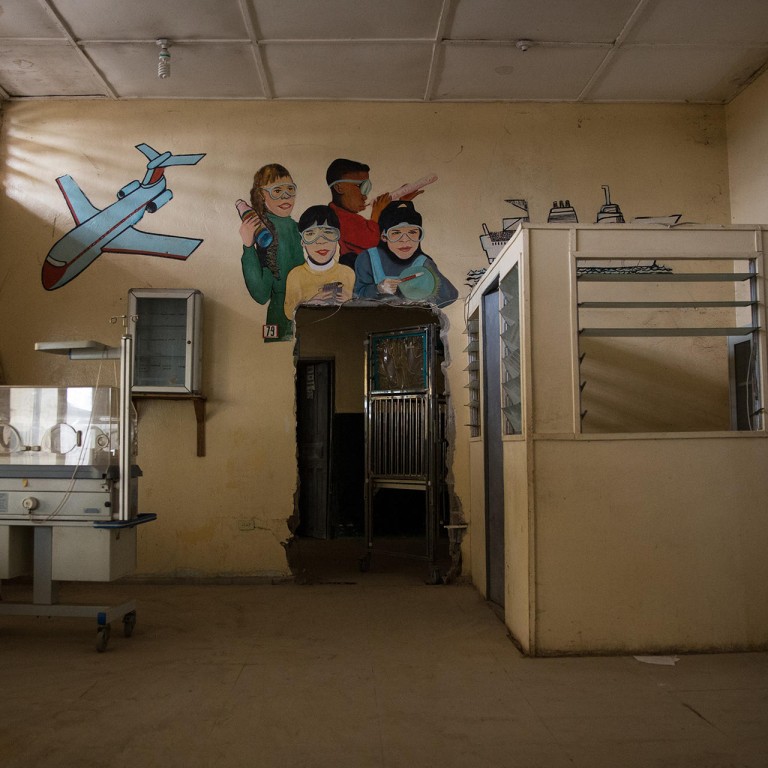
US-built Ebola treatment centres now mostly empty as the outbreak fades
3,000 US troops were sent to West African countries hit by the virus, but the outbreak faded so fast, the facilities they built are now mostly empty
Near the hillside shelter where dozens of men and women died of Ebola, a row of green US military tents sit atop a vast expanse of imported gravel. The generators hum; chlorinated water churns in new containers; surveillance cameras send a live feed to a large-screen television.
There's only one thing missing from this state-of-the-art Ebola treatment centre: Ebola patients.
The US military sent about 3,000 troops to West Africa to build centres like this one in recent months. They were intended as a crucial safeguard against an epidemic that flared in unpredictable, deadly waves. But as the outbreak fades in Liberia, it has become clear that the disease had already drastically subsided before the first American centres were completed. Several of the US-built units haven't seen a single patient infected with Ebola.
It now appears that the alarming epidemiological predictions that in large part prompted the US aid effort here were far too bleak. Although future flare-ups of the disease are possible, the near-empty Ebola centres tell the story of an aggressive American military and civilian response that occurred too late to help the bulk of the more than 8,300 Liberians who became infected.
Last week, even as international aid organisations built yet more Ebola centres, there was an average of less than one new case reported in Liberia per day.
"If they had been built when we needed them, it wouldn't have been too much," said Moses Massaquoi, who is the Liberian government's chairman for Ebola case management. "But they were too late."
It was impossible to predict the decline in the Ebola caseload last September, when the US Centres for Disease Control (CDC) and Prevention suggested a worst-case scenario of 1.4 million victims in Liberia and Sierra Leone. At that point, the American military's logistical and engineering prowess appeared to be urgently needed.
US officials reject the suggestion that resources were misallocated. "A lot of people are evaluating the strategy based on what we know today, not what we knew at the time," said Major General Gary Volesky, the top US military officer in Liberia.
In Monrovia, the heart of the outbreak, the scenes of suffering Ebola patients shocked the world. At the height of the epidemic, the afflicted writhed in the streets. There was a shortage of bed space at treatment centres for months.
Then the international community responded with a massive construction and assistance campaign that turned out to be far in excess of what was necessary. Surplus tents now store excess supplies: mattresses, food and medicine for patients who never arrived.
The reasons for the sudden plunge are still being debated. Did Liberians change their behaviour to avoid contracting the disease? Had early increases in bed space at Ebola centres been enough to isolate those with the virus? Was there more effective use of contact tracers to track down people exposed to the virus? Experts say it was probably all of those changes.
"I don't think you can point to one silver bullet that solved Ebola," Volesky said. "My argument is it's the whole strategy that's showing us a positive trend."
